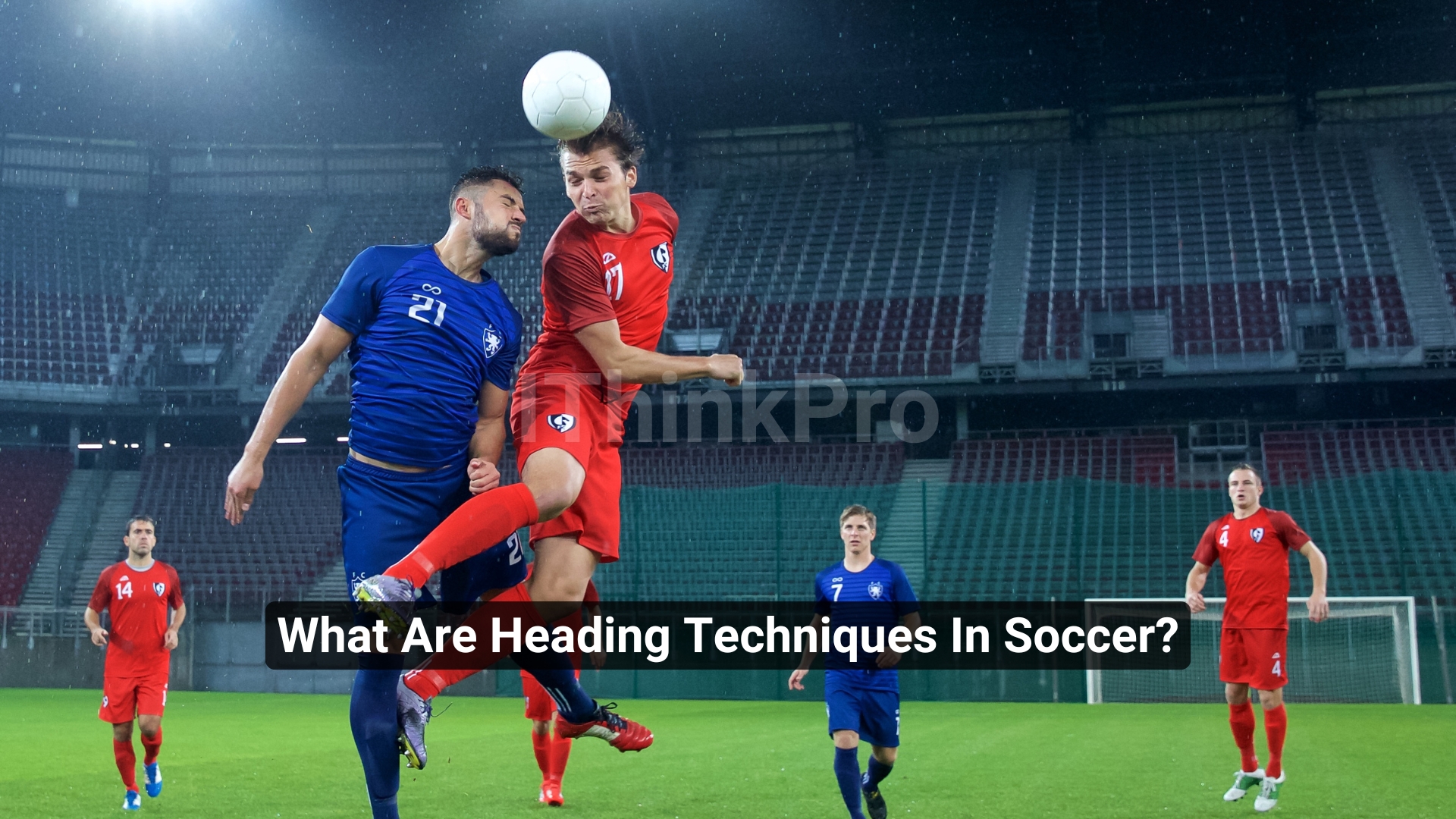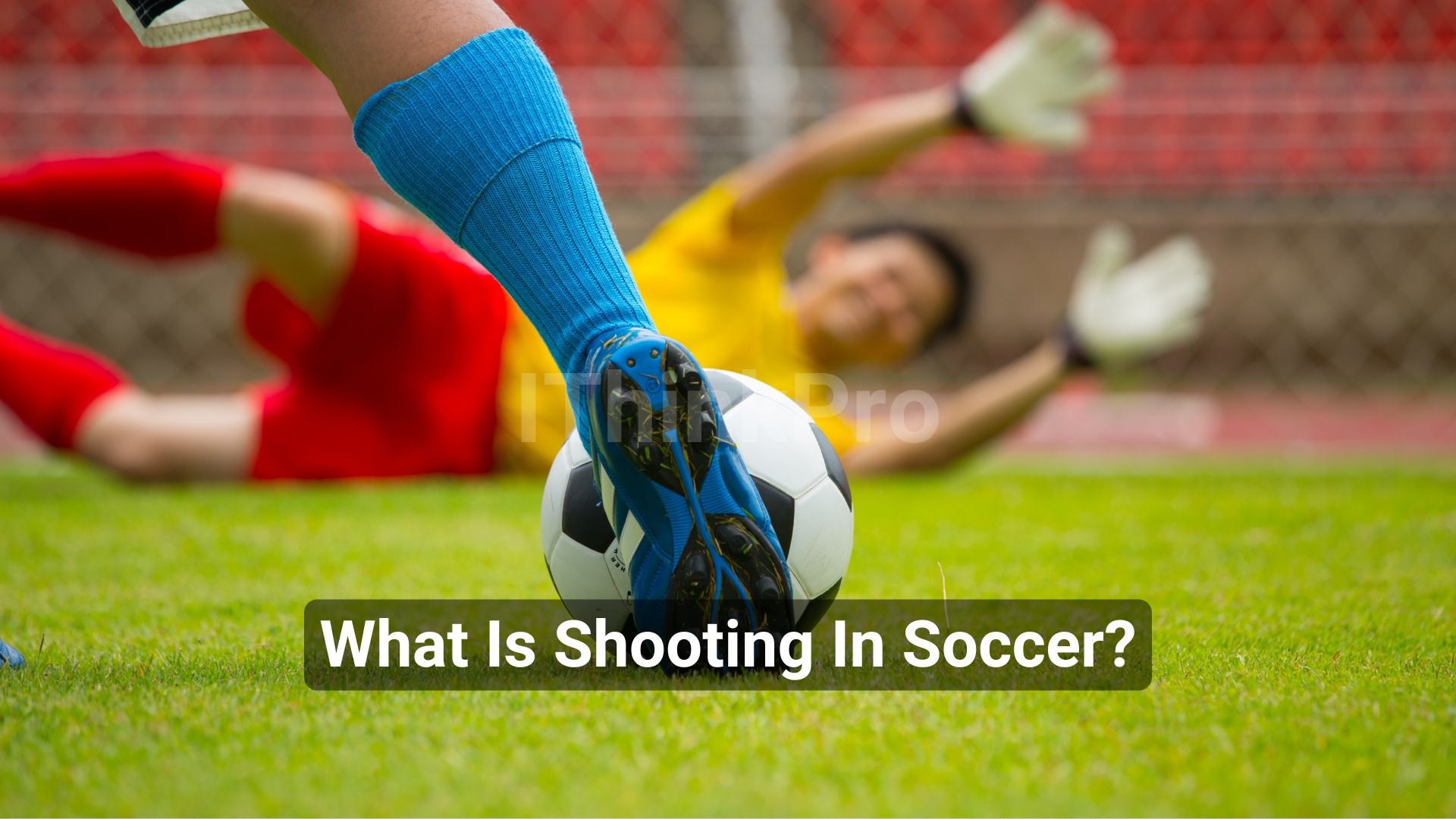Introduction
Hello Champ!
With so many options available, choosing the right soccer ball can be difficult. Different materials, sizes, and types can make the selection process confusing, especially for beginners.
Understanding the key factors that influence football selection can make this process easier. By considering ball size, material, construction, and intended use, you can make an informed decision that best suits your needs.
In this article, we will outline the essential aspects of choosing a soccer ball, guiding you through the step-by-step process. Whether you’re a beginner or an experienced player, this guide will help you find the perfect football for your sport. Read on to discover how to choose a soccer ball that improves your playing experience.
Understanding Soccer Ball Sizes
Size 1: Mini/Skills Balls
Size 1 soccer balls, also known as mini balls, are great for skill development and fun. They are typically used for training drills to enhance footwork and ball control. These little balls are perfect for all ages and can be used indoors or outdoors.
Size 3: Junior Soccer Balls
Size 3 soccer balls are designed for youth players ages 8 and under. These balls are small and light, making them easy for children to handle and control. They help young players develop their skills and confidence in the game.
Size 4: Youth Soccer Balls
Size 4 soccer balls are ideal for players ages 8 to 12. These balls are slightly smaller and lighter than adult balls, allowing young players to improve their game with a ball that suits their size and strength. They are commonly used in youth leagues and training sessions.
Size 5: Adult/Professional Soccer Balls
Size 5 soccer balls are standard for adult and professional play. These balls are used in official matches and are designed for players aged 12 years and above. They are regulated in size and weight, providing the best experience for competitive sports.
Types of Soccer Balls
Training Soccer Balls
Training soccer balls are designed for practice sessions and drills. They are durable and often heavy enough to withstand frequent use. These balls are usually made of strong materials to withstand the harsh training environment.
Match Soccer Balls
Match soccer balls are manufactured for official games and competitions. They meet strict standards for size, weight, and performance. These balls provide excellent flight characteristics, control, and durability, ensuring the best playing experience.
Recreational Soccer Balls
Recreational soccer balls are intended for casual play and recreational use. They are affordable and durable, making them suitable for casual sports and recreational activities. These balls are versatile and can be used on different surfaces.
Indoor Soccer Balls
Indoor soccer balls are designed specifically for indoor play. They have less bounce and are made from materials that are suitable for indoor surfaces. These balls help players maintain control and accuracy in confined spaces.
Turf Soccer Balls
Turf soccer balls are designed for artificial turf surfaces. They have a thick outer layer that withstands the roughness of turf fields. These balls provide excellent performance and durability on artificial grass.
Beach Soccer Balls
Beach soccer balls are designed to be played on sand. They are generally light and soft, with a textured surface to improve grip and control in sandy conditions. These balls are perfect for beach soccer enthusiasts.
Materials and Construction
Outer Cover Materials
Synthetic Leather (PU)
Synthetic leather, or polyurethane (PU), is commonly used in high-quality soccer balls. It offers a soft touch, excellent durability, and good water resistance. PU covers provide a premium feel and performance.
PVC
PVC (polyvinyl chloride) is a durable and inexpensive material used in many soccer balls. It is less expensive than PU but provides better performance and stability. PVC balls are suitable for recreational play.
Rubber
Rubber is often used in training and recreational balls. It is extremely durable and offers good grip and control. Rubber-covered balls are perfect for rough surfaces and repeated use.
Bladder Types
Latex Bladders
Latex bladders offer a softer feel and better responsiveness. They are usually found in high-quality match balls. However, latex bladders require more frequent inflation because they can lose air more quickly than butyl bladders.
Butyl Bladders
Latex bladders offer a softer feel and better responsiveness. They are usually found in high-quality match balls. However, latex bladders require more frequent inflation because they can lose air more quickly than butyl bladders.
Panels and Stitching
Number of Panels
The number of panels on a soccer ball can affect its performance and flight characteristics. Traditional balls have 32 panels, but modern designs may have fewer panels for better aerodynamics and control.
Hand-Stitched vs. Machine-Stitched vs. Thermally Bonded
- Hand-Stitched: Hand-stitched balls offer superior craftsmanship and durability. They are commonly used in high-quality match balls.
- Machine-Stitched: Machine-stitched balls are more affordable and still provide good performance and durability. They are often used in training and recreational balls.
- Thermally Bonded: Thermally bonded balls have panels that are glued together, offering a smooth surface for improved air dynamics and water resistance. These are usually found in top-tier match balls.
Performance Factors
Durability
The durability of a soccer ball depends on its material and construction. Training balls and those with PVC covers are more durable for frequent use, while match balls offer a balance of performance and durability.
Touch and Feel
The touch and feel of the soccer ball is critical to control and gameplay. The PU core and latex bladder provide a softer, more responsive feel, making them ideal for match play. PVC and rubber balls may feel stiff but offer good durability.
Flight Characteristics
Flight characteristics are influenced by ball design, panel number, and construction. Low panels and a thermally bonded design enhance the ball’s aerodynamics, providing more accurate and stable flight paths.
Water Resistance
Water resistance is essential to maintain the ball’s performance in wet conditions. The PU core and thermal bonded balls offer better water resistance, ensuring that the ball remains consistent in various weather conditions.
Budget Considerations
High-End Soccer Balls
Advanced soccer balls are commonly used in professional matches and competitions. They offer excellent performance, durability, and technology. These balls can be expensive but provide high quality.
Mid-Range Soccer Balls
Mid-range soccer balls strike a balance between performance and cost. They are suitable for serious players who want good quality without breaking the bank. These balls offer decent stability and performance.
Budget Soccer Balls
Budget soccer balls are ideal for casual play and beginners. They are affordable and durable enough for recreational use. While they may not offer the same performance as high-end balls, they are great to start with.
Brand Recommendations On How To Choose A Soccer Ball?
Adidas
Adidas is known for its high-quality soccer balls used in major tournaments like the FIFA World Cup. Their balls are known for their performance, durability, and innovative design.
Nike
Nike soccer balls are known for their advanced technology and excellent performance. They offer a wide range of balls suitable for different levels of play, from recreational to professional.
Puma
Puma provides a variety of soccer balls that are known for their quality and affordability. They are the perfect choice for players looking for reliable performance and durability.
Other Notable Brands
Other notable brands include Select, Mitre, and Wilson. Each brand offers unique features and benefits, catering to different preferences and needs.
Certification and Standards
FIFA Quality Pro
FIFA quality is the highest standard for pro soccer balls, indicating that they meet rigorous testing standards for performance, durability, and consistency. These balls are used in high-level professional matches.
FIFA Quality
FIFA quality balls meet the highest standards set by FIFA for use in various levels of the game. They offer reliable performance and durability for competitive matches.
IMS (International Match Standard)
IMS certification indicates that the soccer ball meets international match standards for quality and performance. These balls are suitable for competitive play and provide consistent performance.
Conclusion
Choosing the right football involves understanding the different sizes, types, and materials available. Important factors to consider include your playing style, ball durability, touch, and flight characteristics. High-end, mid-range, and budget options cater to a variety of needs, with brands like Adidas, Nike, and Puma. Certification standards such as FIFA Quality Pro and IMS ensure the quality and performance of the ball. By considering these aspects, you can make an informed decision that enhances your game.
For more useful content on soccer and other sports-related topics, explore our website and elevate your sports experience today!
FAQs
Q1. What size soccer ball should I choose for my child?
Choose a size 3 ball for children under 8, size 4 for ages 8-12, and size 5 for players 13 and older.
Q2. What is the difference between training and match soccer balls?
Training balls are more durable for frequent use, while match balls are designed for performance, offering better touch and flight but are less durable.
Q3. How do I know if a soccer ball is high quality?
Look for certifications like FIFA Quality Pro, FIFA Quality, or IMS, which ensure the ball meets specific standards for performance and durability.
Q4. Which bladder type is better for soccer balls, latex or butyl?
Latex bladders offer better touch and responsiveness but need frequent inflation, while butyl bladders are more durable and retain air longer.
Q5. How can I ensure my soccer ball lasts longer?
To extend your soccer ball’s lifespan, clean it regularly, avoid playing on rough surfaces, and store it in a cool, dry place.











